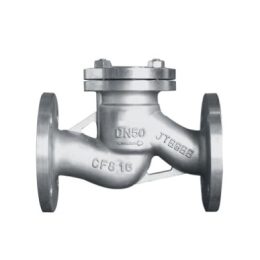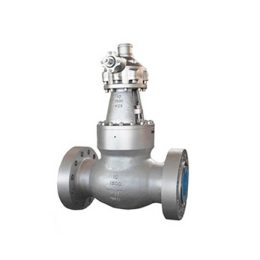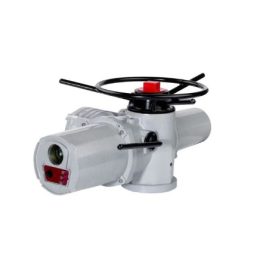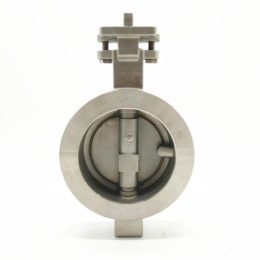How to check the performance of the valve before leaving the factory
Introduction
Valves are important components in many industrial applications. They play a critical role in regulating the flow of fluids and gases in pipelines. It is essential to ensure that valves meet certain performance criteria before they leave the factory. This blog post will discuss the various tests that can be carried out to check the performance of valves before they are shipped out.
Performance Tests for Valves Manufactured in Batches
When valves are manufactured in batches of a certain specification, an authoritative organization should be entrusted to carry out the following performance tests:
- The opening and closing torque of the valve under working pressure Valves should be tested to ensure that they can be opened and closed easily under working pressure conditions. The torque required to operate the valve should be measured.
- Continuous opening and closing times of the valve Valves should be tested to ensure that they can be opened and closed multiple times under working pressure conditions without any issues. The valve should also be able to close tightly after each cycle.
- Flow resistance coefficient of the valve The resistance to fluid flow through the valve should be measured under pipeline water delivery conditions. This is important as excessive resistance can cause pressure drops and affect the performance of the valve.
Valve Testing Before Leaving the Factory
Apart from the tests carried out by authoritative organizations, valves should also be tested before leaving the factory. The following tests should be carried out:
- Internal pressure test When the valve is open, the valve body should withstand an internal pressure test that is twice the valve working pressure. This test is important to ensure that the valve can withstand high pressure without any issues.
- Leakage test When the valve is closed, both sides of the valve should bear 1.1 times the valve working pressure value, and there should be no leakage. However, the leakage value of the metal-sealed butterfly valve should not be greater than the relevant requirements. This test is essential to ensure that the valve maintains a tight seal when closed.
Conclusion
In conclusion, it is important to ensure that valves meet certain performance criteria before they leave the factory. The tests discussed in this blog post can help to ensure that valves are reliable and perform well in their intended applications. By carrying out these tests, valve manufacturers can provide their customers with high-quality valves that meet the required standards.
- Everything You Need to Know About Globe Valves: Types, Parts, and Working Principles
- Understanding Y Strainers: Function & Importance
- Analysis of Common Problems of Regulating Valve
- Understanding the Difference Between a Part 1 and Part 2 Float Valve
- Understanding Trunnion-Mounted Ball Valves
- “Understanding Safety Valves: Types, Selection, Installation, and Maintenance”



